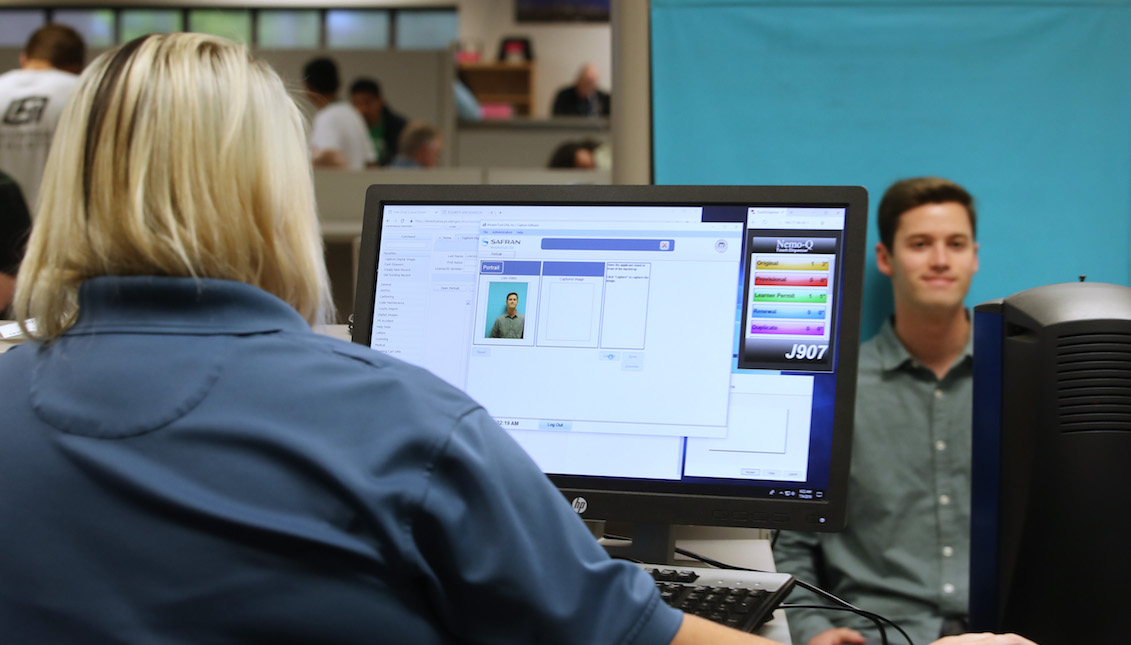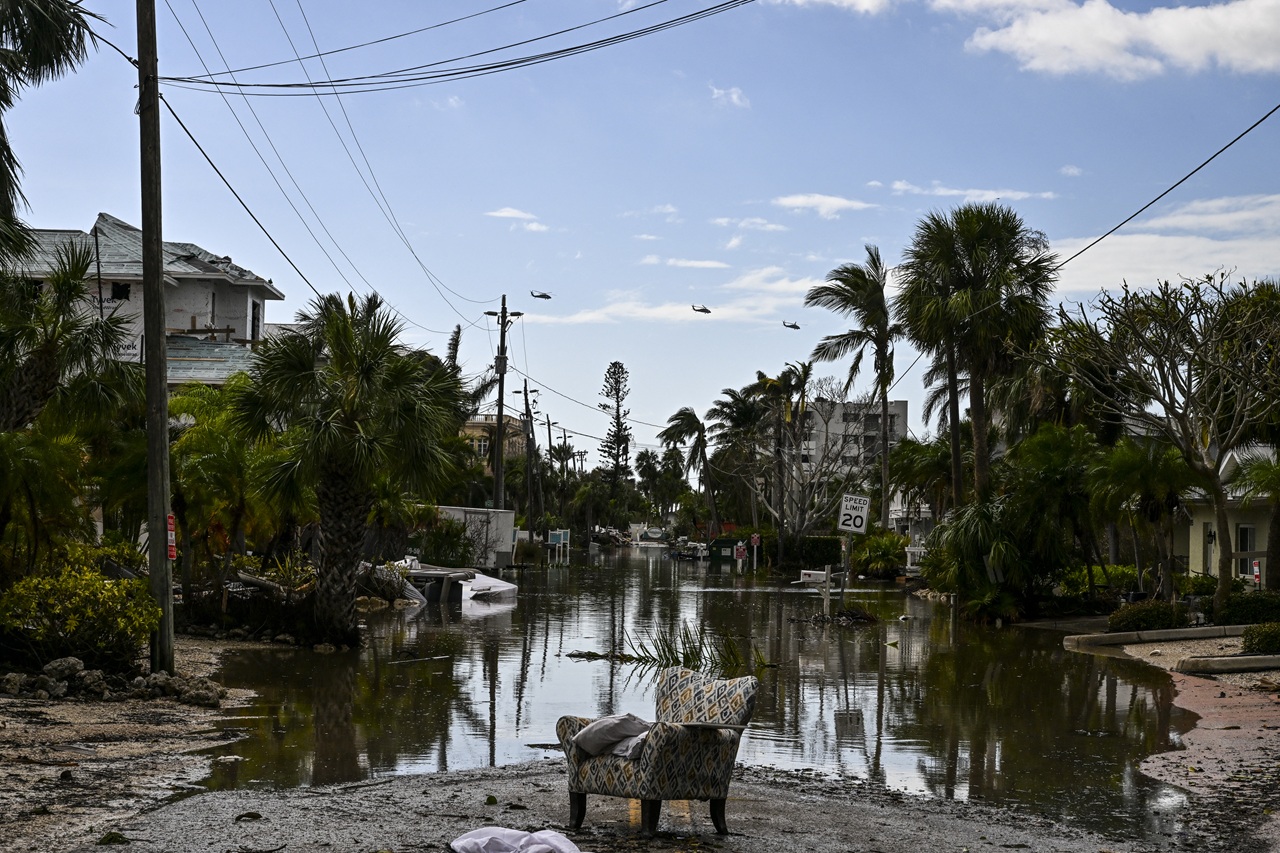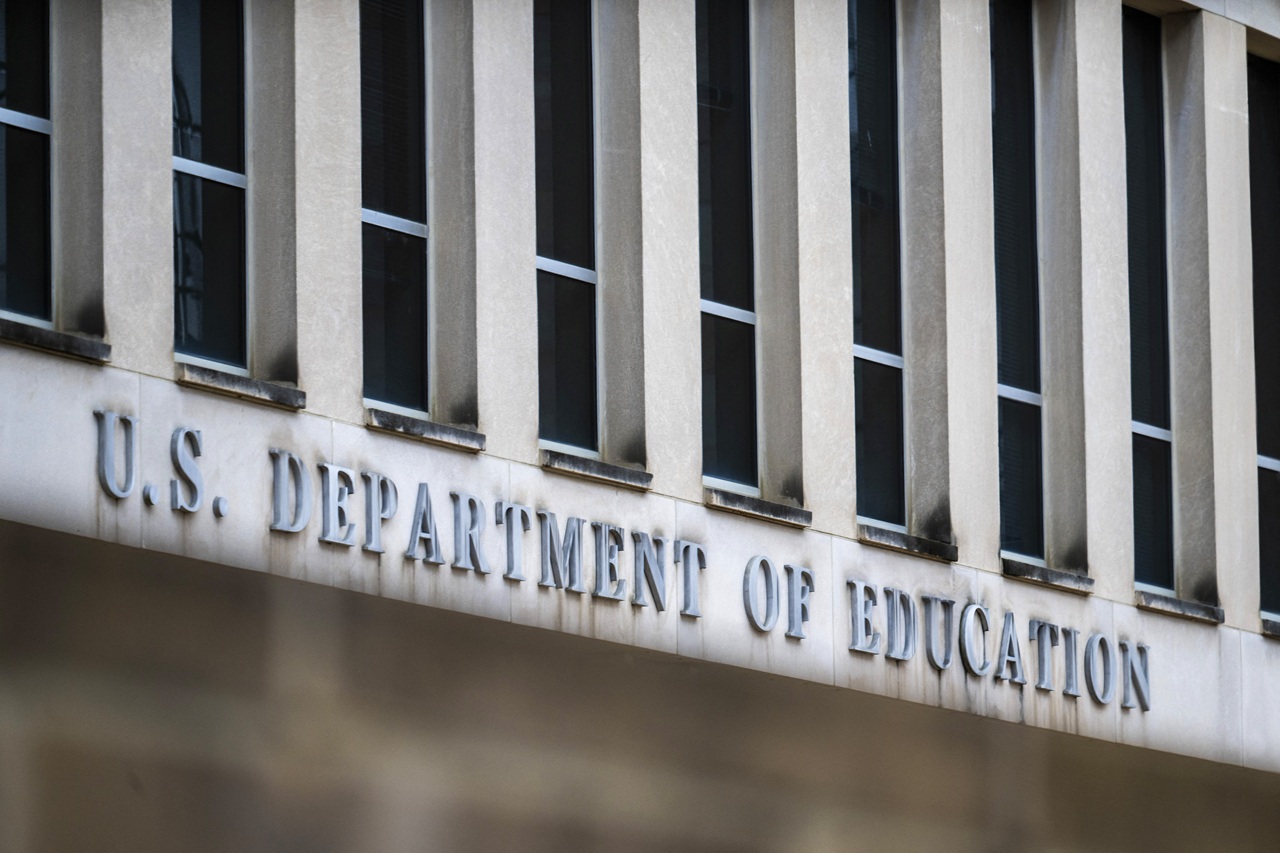
ICE’s new harassment strategy: surveillance and facial recognition
ICE’s use of facial recognition increases fear of mass deportations among immigrants.
Since the appearance of the iPhone X, facial recognition is something familiar among many citizens worldwide. But when the true reach of technology goes unnoticed and becomes a tool in favor of specific State policies, it helps creates fear in those who are vulnerable - undocumented immigrants, for example.
Last week, the Georgetown Law Center for Privacy and Technology introduced a lawsuit against the Customs and Immigration Agency (ICE) and the Federal Bureau of Investigation (FBI) for using databases of state driver’s licenses without user’s consent and scanning millions of photos of U.S. citizens and undocumented immigrants.
The report, released by the Washington Post and the New York Times, shows that "federal investigators have turned the databases of the Department of Motor Vehicles (DMV) into infrastructure for unprecedented surveillance."
According to the document, this is the first report of any procedure to use facial recognition and analyze databases of driver's licenses in the country.
Many of these research efforts are directed at undocumented immigrants who have legally obtained driver's licenses in states such as California, Colorado, Connecticut, New York, New Mexico, Nevada, Washington, Delaware, Illinois, Hawaii, Maryland, Utah or Vermont.
While the use of DNA or fingerprints taken of criminal suspects is a common practice, DMV records contain photos of a large number of residents or undocumented immigrants who have not been charged with any crime.
This debate between ICE, the licensing database, and facial recognition comes amid increased raids to identify and prosecute undocumented immigrants.
RELATED CONTENT
During the last few weeks, President Donald Trump has been continually threatening ICE would launch a series of raids, a measure confirmed by Acting Secretary of Homeland Security, Kevin McAleenan, who defended the operation stating that the raids are part of a “balanced immigration process.”
Nevertheless, neither ICE nor the FBI has obtained congressional approval to use the state DMV records as stated by the Georgetown Law Privacy and Technology Center.
The researchers at headquarters claim that searches are often conducted without the knowledge or approval of the residents themselves.
Facial recognition remains a controversial technology, plagued by inaccuracies and racial prejudices. Since 2015 it has been a tool to catch impostors in U.S. airports.
In the Trump era, the technology is now another tool against the immigrant community, and the lack of legislation and insufficient measures by organizations such as the FBI have helped put at-risk other sensitive populations including lawyers, journalists, and activists.











LEAVE A COMMENT: